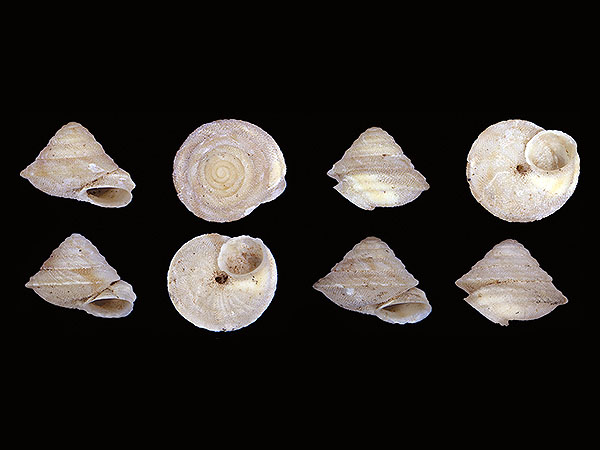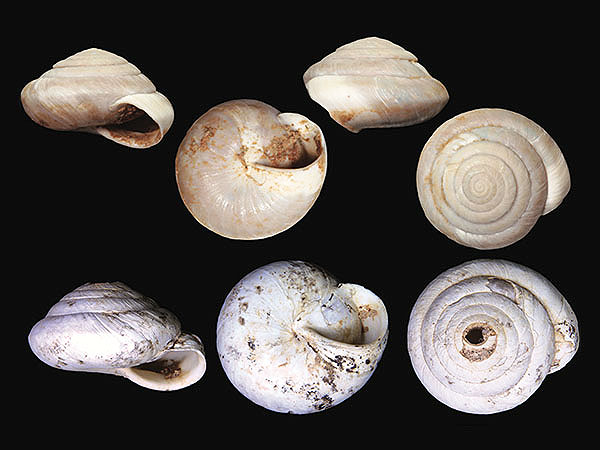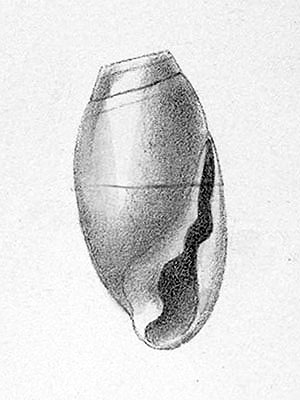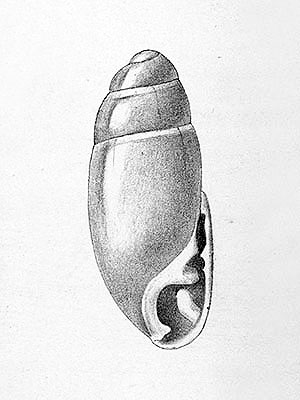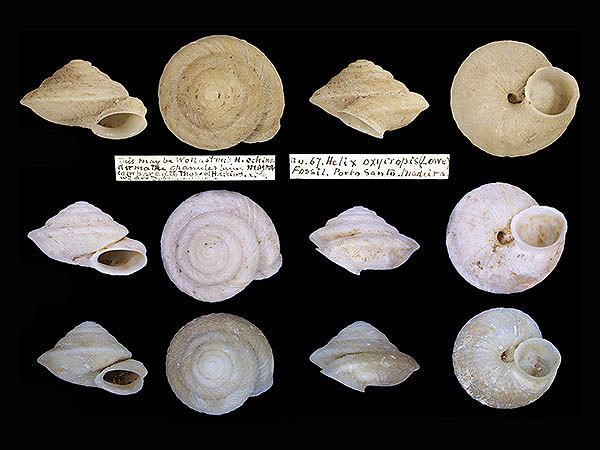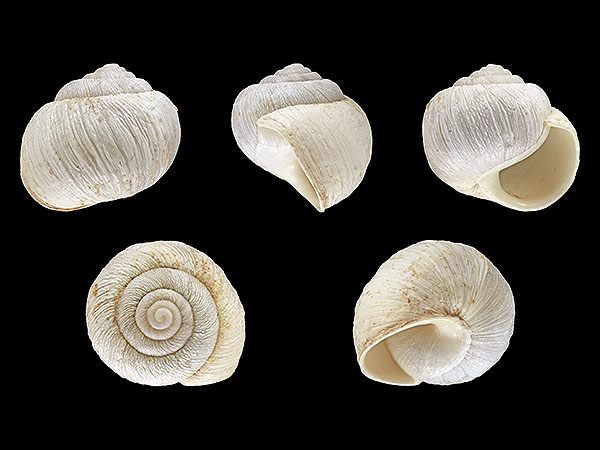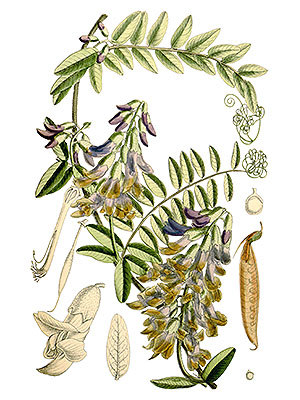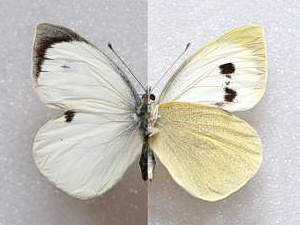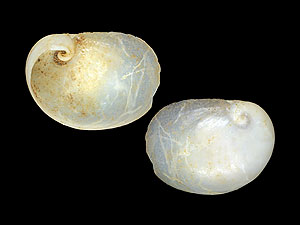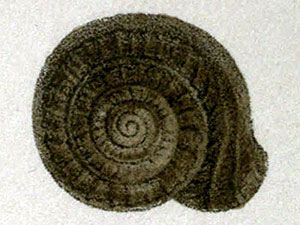Azores Mountain Pigeon (Columba sp.)
Today the Azores Islands harbor a single native (actually even endemic) (sub)species of pigeon, the Azores Wood Pigeon (Columba palumbus ssp. azorica (Tschusi)), however, there was once at least one more species.
This now lost pigeon taxon, however, is known only from a single account in a manuscript from the late 16th century, namely from “Saudades da Terra” written between 1586 and 1590 by a father Gaspar Frutuoso.:
“Posto que muitas aves vieram aqui de fora a esta terra, nela se acharam algumas maneirasde pombos, como naturais dela, uns pretos que chamavam pombos da serra, que matavam àstrochadas com paus e aguilhadas e com lanças, nos paus e nas árvores, tão tolos eram, pelapouca comunicação da gente, que tudo esperavam; estes eram da terra. Outros houvecinzentos, que chamavam torcazes, que eu cuido serem naturais, mas alguns dizem quevieram depois aqui de fora, porque dantes os não havia, e multiplicaram tanto que agora há aímuitos, nas Furnas e na serra sobre a Povoação Velha. E há tão grande número deles naAchada e Fenais da Maia, que cobrem as terras como entra Março, e às vezes fazem perdanas novidades de trigo e linho, derribando as paveias no campo. Estes sempre foram maisrecatados e dificultosos de caçar e tomar; mas os pretos, indo-os a caçar, atirando-lhe do pé daárvore com a besta a um, derribando aquele, os outros que na árvore estavam, olhando abaixopara aquele que caía, se deixavam estar quedos e tornando a atirar a outros e a derribá-losmortos, os que ficavam em cima da árvore faziam o mesmo, deixando-se estar tolamente, atéque o besteiro matava deles quantos queria.”
[My humble] Translation:
“Although many birds came to this land from the outside, some kinds of pigeons were found as natives, some black ones that they called pigeons of the mountains, that they killed with sticks and with spears, on the poles and in the trees, so foolish they were, because they had little knowledge of men, that they wait for everything; these ones were from this land. Others ashy-grey, they called them wood pigeons, which I think to be natural, but some say they came later here from outside, because before there were no, and multiplied so much that now there are fine, at Furnas and the mountains above Povoação Velha [the village Povoação?]. And there are so many of them at Achada and Fenais da Maia, they cover the land like a windy weather, and sometimes they make losses of wheat and flax, breaking down the sheafs in the field. These have always been less reckless and difficult to hunt and to take; but the blacks were easy to hunt, shooting them from the foot of the tree with the crossbow, and knocking down one, the others stayed in the tree, looking down at the one who fell, kept still and going on shooting others those who stood on the tree did the same, remaining there foolishly, till the crossbowman would slay of them as many as he wanted.”
***
An interesting study from 2011 showed that the Azores Wood Pigeon is not a monophyletic species but in fact is a hybrid population of the nominate race of the European Wood Pigeon and another species, the extinct Azores Mountain Pigeon. The author of the study, however, not knowing this 16th century account, thinks that this may have been the Dark-tailed Laurel Pigeon (Columba bollii Godman) from the Canary Islands or the Madeiran Laurel Pigeon (Columba trocaz Heineken). [1]
Apparently Wood Pigeons only begun to settle the Azores sometimes during the 16th century, they soon multiplied and took over the islands, crossing with the last remaining endemic pigeons and finally hybridize them into extinction. But at least some of the genes of the extinct endemic pigeon species still live on in the Azores Wood Pigeons of today.
*********************
References:
[1] Ana Catarina Gonçalves Dourado: Phylogeny and phylogeography of Atlantic Islands’ Columba species. Dissertation, Universidade de Lisboa 2011
*********************
edited: 12.01.2019


